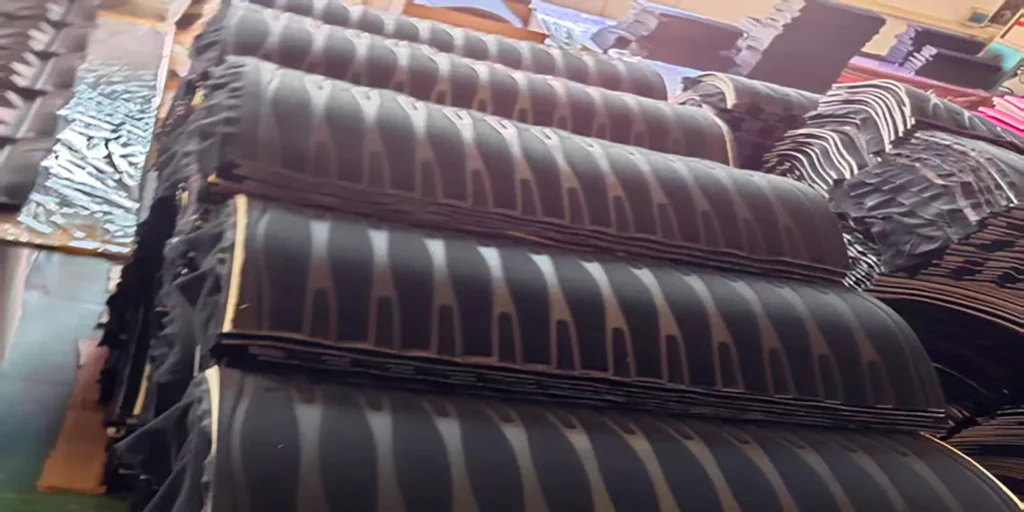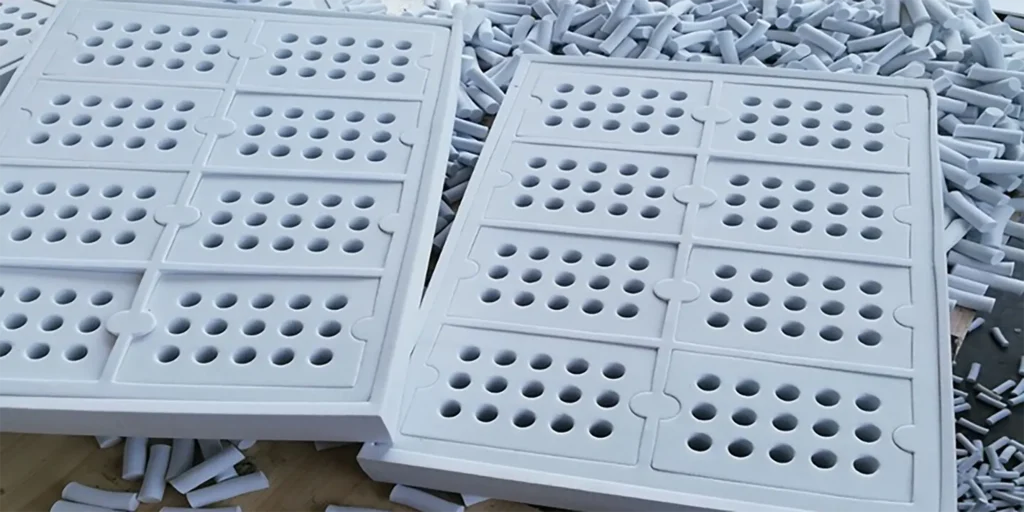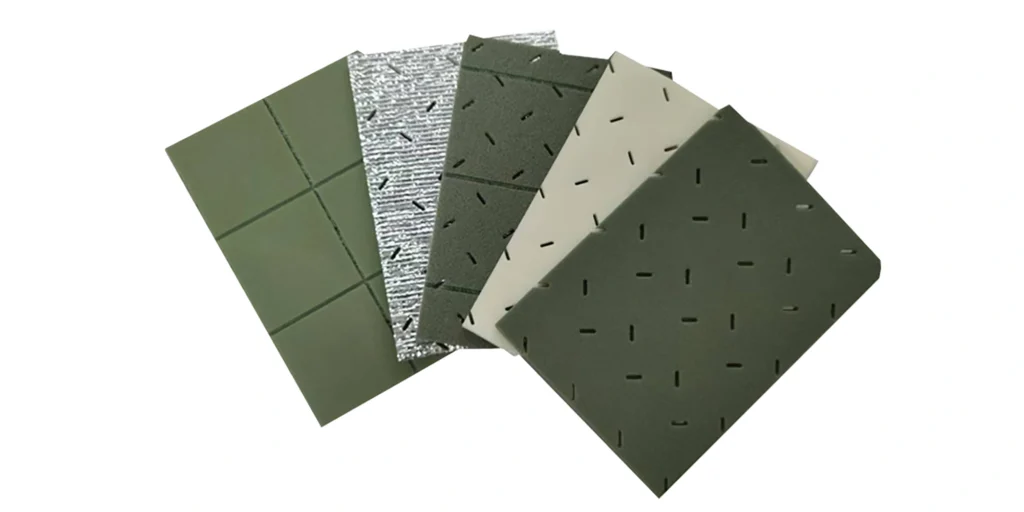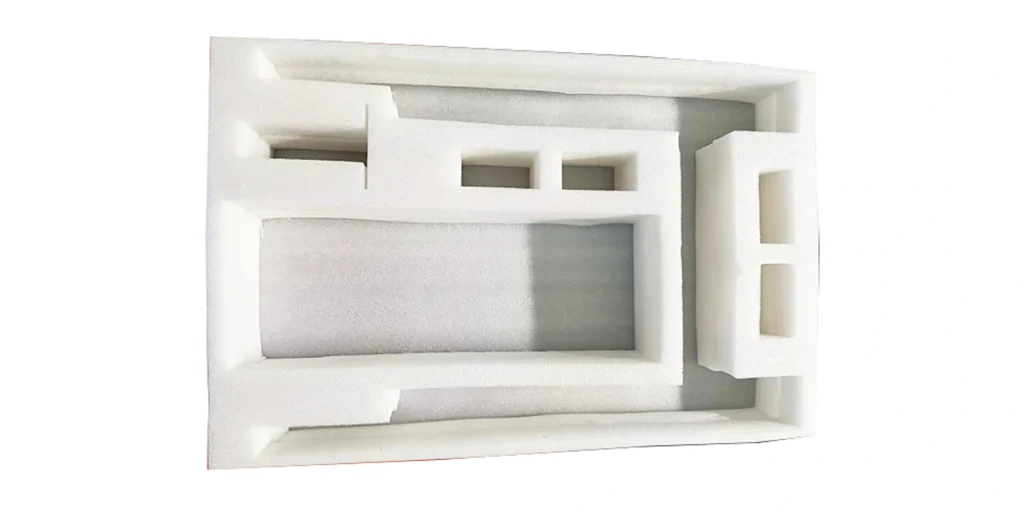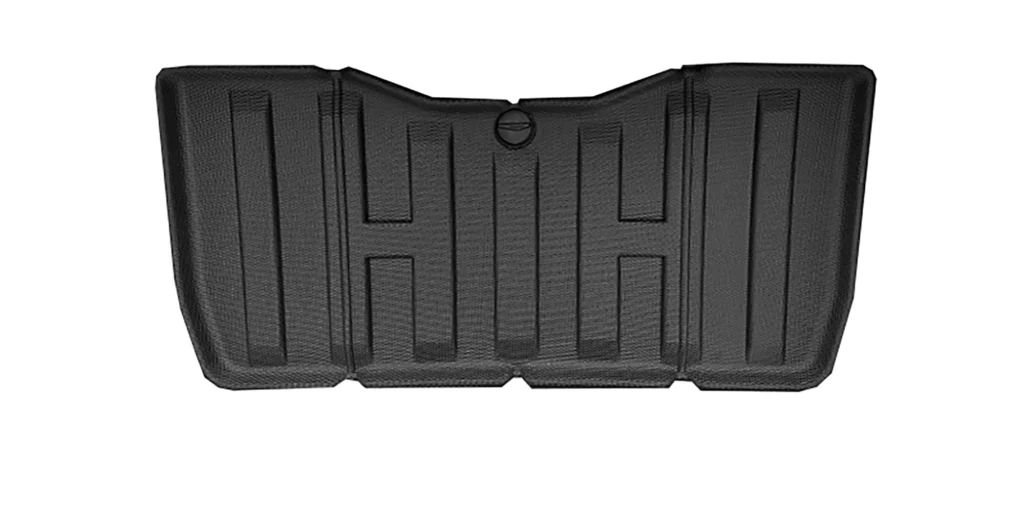Abstract:
Polyethylene (PE) foam, renowned for its exceptional cushioning and thermal insulation properties, is widely utilized in packaging, construction, and related industries. However, conventional manufacturing processes often grapple with the inherent trade-off between lightweight attributes and mechanical robustness. The advent of nanocellular foaming technology has unveiled novel solutions to this longstanding challenge.
This paper elucidates how cutting-edge physical/chemical nanofoaming techniques achieve simultaneous density reduction and substantial improvements in compressive strength, impact resistance, and thermal stability through meticulous control of bubble morphology—ranging from nano/micro-scale cellular structures to ultrahigh cell densities and reinforced cell walls.
Mastering this technology proves pivotal for developing high-performance, environmentally sustainable foam materials, particularly in lightweight yet structurally demanding applications.
Lightweight vs. Strength: The Dilemma of Conventional PE Foams
Traditional PE foams produced via chemical or physical (e.g., extrusion) foaming typically exhibit cell sizes measuring tens to hundreds of micrometers. While larger cells reduce density, they compromise structural homogeneity by creating stress concentration points, inevitably degrading mechanical properties (e.g., compressive strength, rigidity, toughness) as density decreases.
For performance-critical applications—precision instrument packaging, automotive components, or aerospace systems—such strength-weight trade-offs remain unacceptable. Thus, achieving “dual enhancement” of lightweight and strength has emerged as the paramount objective in PE foam optimization.
Core Breakthroughs in Nanocellular Foaming: Precision Microstructure Engineering
The emergence of nanocellular foaming technology—particularly supercritical fluid (SCF) physical foaming (e.g., CO₂/N₂-based)—represents a paradigm shift in PE foam development. This revolutionary approach hinges on unparalleled control over cellular architecture, with dual enhancement realized through:
Submicron/Nano-scale Cell Formation
- Precise regulation of pressure, temperature, and saturation time, coupled with high-efficiency nucleating agents (e.g., functionalized nanoparticles, organic modifiers) and melt stabilizers (e.g., chain entanglement control, graft modification), enables the spontaneous formation of uniformly distributed nucleation sites.
- Resultant cell sizes: 1–100 µm (submicron/nano-scale achievable via advanced protocols), yielding ultrahigh cell densities (>10⁹ cells/cm³).
Homogenous Microcellular Networks
- The minimized stress concentration effect allows external loads (compression, impact) to be distributed across densely packed cell walls and PE matrices, facilitating energy dissipation via cooperative deformation rather than localized failure.
Reinforced Cell Walls & Interfaces
- Gas dissolution/desorption during foaming modifies polymer chain dynamics, promoting refined crystallinity distribution within cell walls.
- Nanoparticulate nucleators enhance interfacial adhesion between matrix and cells, mitigating defects (e.g., wall rupture, thin regions) to construct robust “honeycomb” microarchitectures.
High Melt Strength Requirements
- Optimized rheological properties—achieved through branched/crosslinked PE or high-melt-strength PE (HMSPE)—ensure sufficient elasticity to stabilize cell growth without collapse, a prerequisite for defect-free nanofoams.
Critical Process Parameters & Technical Elements
- Gas Saturation Control: Supercritical fluid pressure/temperature/duration govern gas solubility and diffusion kinetics.
- Pressure-Temperature Quenching Rates: Rapid depressurization/cooling dictates cell size distribution and structural integrity.
- Nucleator/Stabilizer Systems: Performance hinges on dispersible, multifunctional additives (nanoclays, surface-modified particles) and compatibilizers.
- Matrix Optimization: HMSPE selection, chain modification (e.g., crosslinking), or polymer blending ensures foaming efficacy.
Performance Outcomes & Advantages
State-of-the-art nanofoaming enables PE foams to attain:
- Density Reduction: 20–25% lighter than conventional foams at equivalent mechanical performance.
- Mechanical Enhancement: 15–20%+ improvements in compressive strength, flexural modulus, and impact toughness—potentially replacing structural materials.
- Thermal/Dimensional Stability: Nanoporous structures suppress heat convection (superior insulation) and minimize warping.
- Functionalization Potential: Ultrahigh interfacial area facilitates uniform dispersion of flame retardants, conductive fillers, etc.
- Eco-Efficiency: Inert gas (CO₂/N₂) foaming reduces VOC emissions; material efficiency aligns with circular economy principles.
Nanocellular foaming technology achieves unprecedented synergy between lightweight and strength by architecting PE foams at submicron scales—where densely packed, ultra-strong cell walls redefine material performance boundaries.
This transcends mere processing innovation, representing a materials science breakthrough. As cost-competitive scalability improves, next-generation nanofoamed PE promises transformative impacts across high-end packaging, lightweight transportation, construction, and protective equipment sectors.
FAQ
Q: What defines nanocellular foaming for PE?
A: A precision manufacturing process utilizing supercritical fluids (e.g., CO₂) to generate foams with cell sizes 1–100 µm (nanoscale achievable). Combines controlled nucleation, optimized rheology, and advanced stabilizers to create ultrauniform, high-strength microstructures.
Q: Why does conventional foaming weaken PE as density drops? How does nanofoaming counteract this?
A: Macroscopic bubbles act as stress concentrators; thinning walls exacerbate brittleness. Nanofoaming redistributes loads across myriad miniaturized cells while reinforcing walls via crystalline restructuring and interfacial engineering—yielding higher specific strength.
Q: Key benefits vs. traditional PE foams?
A: >20% weight savings at matched strength; enhanced thermal/acoustic insulation; superior environmental footprint via green processing; expanded functionalization potential.
Q: Thermal limits?
A: Intrinsically constrained by PE’s melting range (100–130°C), though nanocellular variants outperform conventional foams in heat resistance. High-temperature applications require matrix modifications (e.g., crosslinking, composites).
Q: Recyclability & sustainability?
A: Fully compatible with PE recycling streams (resin codes #2/#4). CO₂/N₂ foaming eliminates ozone-depleting/flammable blowing agents. Reduced material consumption further lowers lifecycle impacts.
WELLE Trade has over 20 years of experience in the production and processing of PE/EVA/TPE foams, so you may want to consult with them if you have any sourcing needs.
